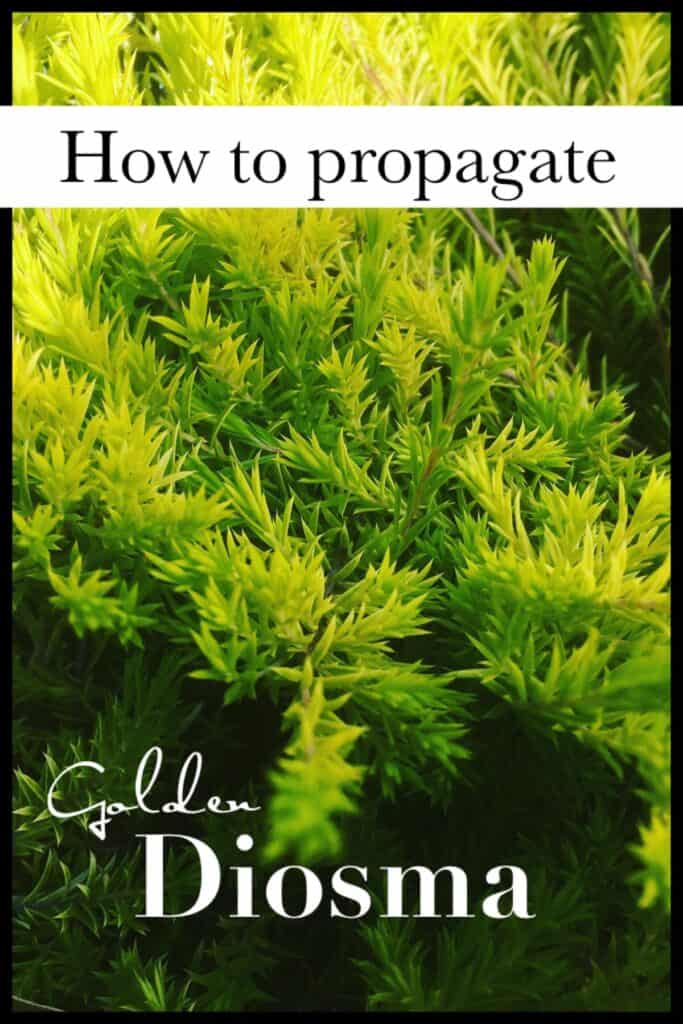
How to propagate Diosma
A short guide on how to Propagate diosma. Using cuttings we produce over a thousand plants a year. This is a step by step on the methods and techniques we use.
Harvest cuttings
We propagate Diosma using tip cuttings.
Best results are achieved if you take the cuttings in a warmer part of the year. Anywhere from spring to early autumn.
The cuttings take root quite quickly, but then they should be potted into a small pot before being planted into the garden.
This whole process from cutting to ready for planting into the garden takes approximately 6 months.
First, find a nice healthy plant. Cut a stem about 1 inch in length.
Strip the bottom half of the stem of all foliage. This is where the roots will emerge.
This is what your cuttings should look like.

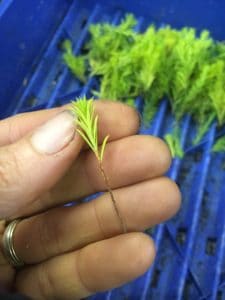
Striking the cuttings
Use a perlite / peat moss mix to plug the cuttings into. We mix it up 90% perlite, 10% peat moss.
Perlite and peat moss have excellent water holding capabilities, they also provide a sterile environment, reducing the risk of diseases.
We plug the cuttings into the mix. To do this first water the mix.
Then use a small stick or skewer to make a hole or run a little line across. Place the cutting into the hole or line.
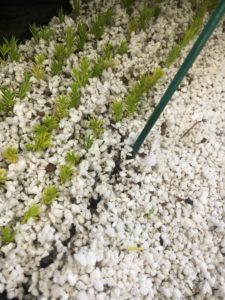
Once all of your cuttings have been plugged into the perlite peat moss mix, give them a good watering in, use a seasol solution. This encourages faster root growth.
Store the cuttings in a sheltered position. Because the cuttings have no root system at this stage it is vital they be kept out of wind and direct sunlight.
They also need to be kept moist! However avoid overwatering. Too much water will quickly rot out the cuttings.
With these conditions met, the cuttings should strike (generate roots) in approximately 2 months.
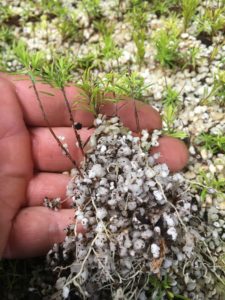
Potting the cuttings
Once the cuttings have developed a good root system, they can be potted.
Before potting into the garden they should be planted into small pots.
The cuttings are still quite vulnerable to the elements even though they now have roots.
They are still infantile, having led a very sheltered life they’ll need to be gently adapted to the external elements.
When potting up, use a good quality potting mix.
We pot our cuttings into a 2 inch pot as this takes up very little room.
Fill the pot about 1/4 full of potting mix before placing the cutting in, then gently backfill the pot.
Once all your cuttings are potted up, water them in thoroughly and return them to a sheltered position.
Here the cuttings can once again, benefit from being watered with a seaweed solution. This will encourage faster growth.
Again, keep the plants moist. The worry of over watering is less now as they have developed a root system.
These cuttings were in their pots for a further 3 months.
Once the potted plants have developed roots that reach the sides of their pot, and hold the soil together, the plants are ready for the outside world.
You can now plant them out into the garden, share with family and friends or sell your new plants.
Below is a short video if you prefer a more visual experience. We hope this was helpful. If you enjoy our content feel free to subscribe. Thanks.
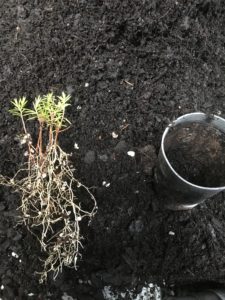
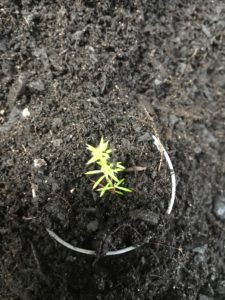
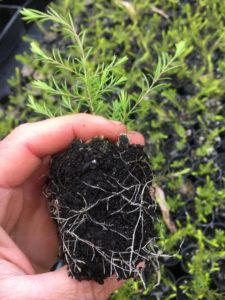
PROPAGATION KIT
We have also put together a resource page that contains links to the products we use or similar. If you want to check that out click the link.
Propagating Golden Diosma Video
This video shows how we propagate Golden Diosma using cuttings in our nursery.
CLICK HERE TO SEE OTHER PLANTS WE PROPAGATE
Golden Diosma-Coleonema Pulchrum Aurea
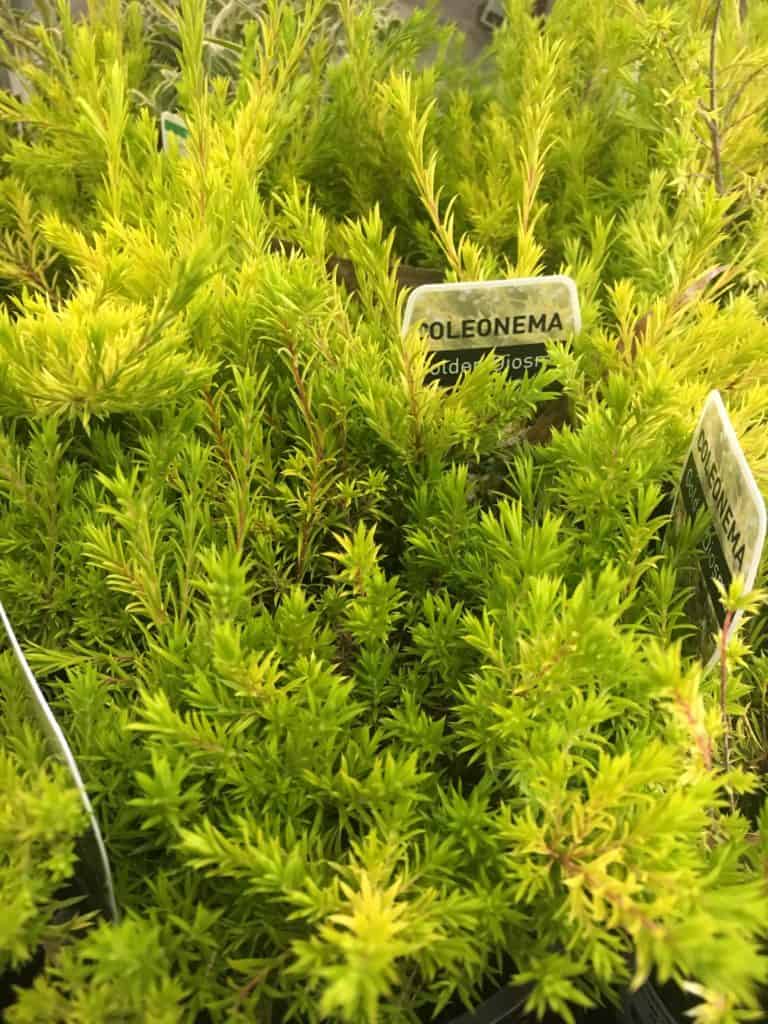
Golden Diosma Care
Coleonema Pulchrum Aurea (Golden diosma) is an evergreen shrub with fine bright yellow foliage. It’s a versatile and attractive shrub grown predominately for its golden colour. In spring it gets covered in tiny pale pink flowers.
Golden diosma is a great plant for colour contrast in any garden. It also makes a wonderful low hedge, with little maintenance.
Prefers moist well drained soil. Can be grown in full sun or part shade. The more shade it’s exposed to, the greener the foliage appears. Keeping its bright yellow colour best in full sun.
For best results, plants should be pruned lightly, frequently, to encourange dense growth, maintaining a compact habit. Don’t allow to dry out during summer, as it’s possible you could loose it.
Cultural notes
Botanical name: Coleonema Pulchrum Aurea
Common name: Golden diosma
Family: Rutaceae
Native to: Southern Africa
Flowers: Spring
Position: Full sun/Part shade
Height: 60-75cm
Width: 1m
